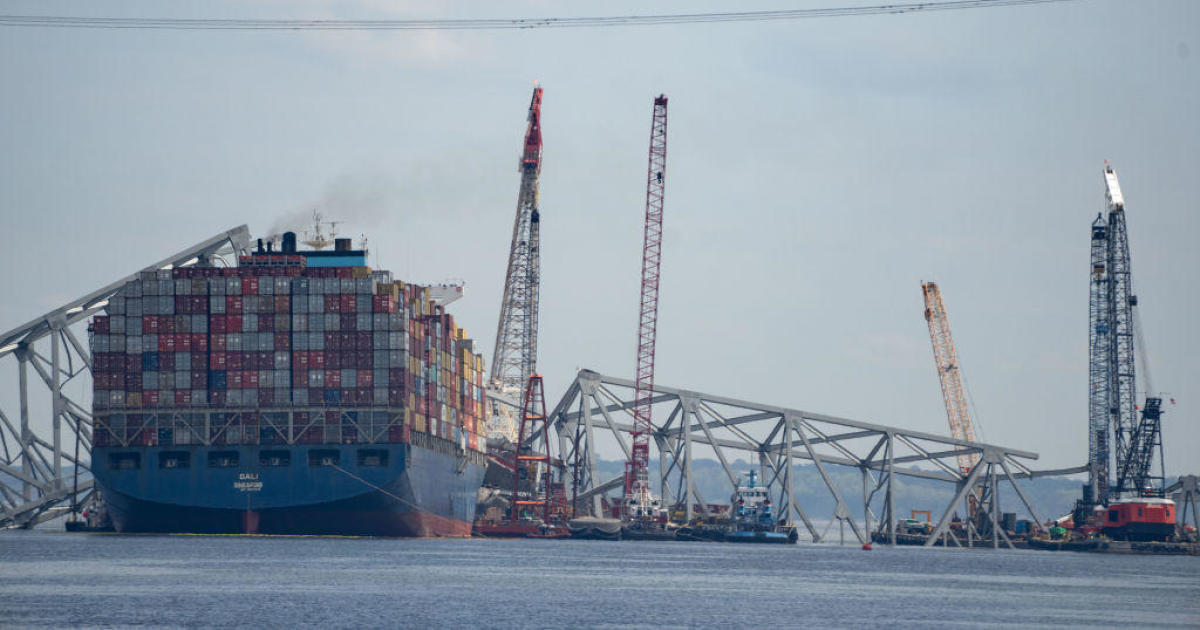US Cities Could Face Nearly 30 Times More Exposure To Extreme Heat By 2100 Compared To The Early 2000s, Study Finds
(CNN) -- As triple-digit heat tests the limits of California's electrical grid to keep millions of people cool, it is clear the effects of human-caused global warming are already here.
But the extreme heat baking the Western US is a mere preview of what could be coming: A new study finds that in the future, the heat risk facing the country's biggest cities could be far greater than previously thought.
Without cuts to greenhouse gas emissions, major US cities could see roughly between 13 and 30 times more population-adjusted exposure to extreme heat by 2100 as compared to the beginning of this century, the study found.
The study was published Monday in the journal Proceedings of the National Academy of Sciences, and adds to the abundant evidence that mankind's ability to halt global warming and adapt to rising temperatures will be two of the defining challenges of this century.
The researchers' projections are based on a high greenhouse gas emissions scenario, where concentrations of heat-trapping gases continue to climb in the atmosphere through 2100, as they have in the first two decades of this century.
Along with the role of greenhouse gas emissions, the scientists also factored in how population growth and urban development can influence a city's heat risk.
The study focused on 47 of the country's biggest cities.
Each hour that a person is exposed to extreme temperatures equals one "person hour," which is one of the key metrics the researchers used to quantify the projected growth in heat risk for each city.
They found that the New York City region could see an increase of 24.6 billion person hours of heat exposure, the largest of any metro region examined and more than twice the increase projected in any other city. New York is followed by other large metro areas like Washington, Atlanta and Los Angeles.
However, compared to the threat level faced during the early 2000s, fast-growing Sun Belt cities like Atlanta, Austin, Miami and Orlando are projected to see the largest relative growth in heat danger by the end of this century, owing to projected local climate changes, population growth and urban development. Of the 29 cities the researchers project could see the "worst impacts" relative to their heat risk at the start of the century, 23 are located in the Sun Belt.
Unlike some previous studies that have estimated future extreme heat risk, the researchers here say they used locally-defined temperature thresholds to determine what qualifies as a hot day. Specifically, the researchers defined "hot days" as those where the local temperature exceeds the 99th percentile in the region observed during the decade between 2000 and 2009.
"That's important because humans acclimate to their environment," said Matei Georgescu, an associate professor at the Arizona State University School of Geographical Sciences and Urban Planning and one of the authors of the study. "If you have a 35-degree-Celsius (95 degrees Fahrenheit) day in Phoenix during the summer, that's actually a very nice, comfortable day. But a day with a similar temperature reading in New York can be quite excessive."
Though they found that warming caused by the burning of fossil fuels is the main driver of projected increases in heat exposure, urban development and the effects of asphalt covered heat islands also play a significant role.
"The growth of the built environment -- our roads, our buildings, the whole concrete jungle -- all of the warming induced by that is not negligible," Georgescu said. "In fact, the effect of built-environment-induced warming can be as large as greenhouse-gas-induced warming on the scale of a city."
Already, extreme heat is one of the most deadly types of weather-related events in the US, killing an average of 702 people each year, according to the Centers for Disease Control. That's more than are killed in hurricanes, floods and tornadoes in most years.
And with roughly 84% of Americans already living in urban areas and even more expected to move to the big city in the coming decades, planning for our cities to be resilient to heat will be critical, says Kristie Ebi, a professor at the Center for Health and the Global Environment at the University of Washington. Ebi was not involved with this study.
"Many cities are considering implementing various climate change-related policies and programs," Ebi said. "Most of those have focused on mitigation, but adaptation is equally important, and we need to be thinking about what needs to be done to make cities pleasant places to live."
The-CNN-Wire™ & © 2020 Cable News Network, Inc., a WarnerMedia Company. All rights reserved.



